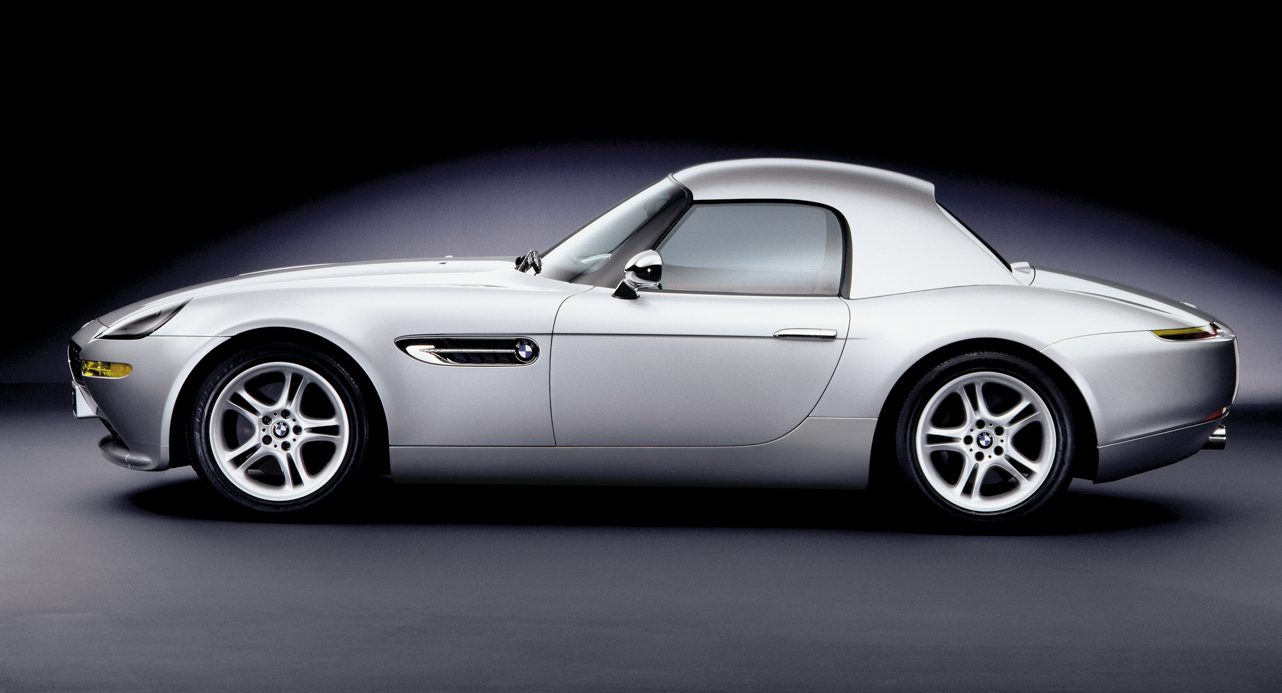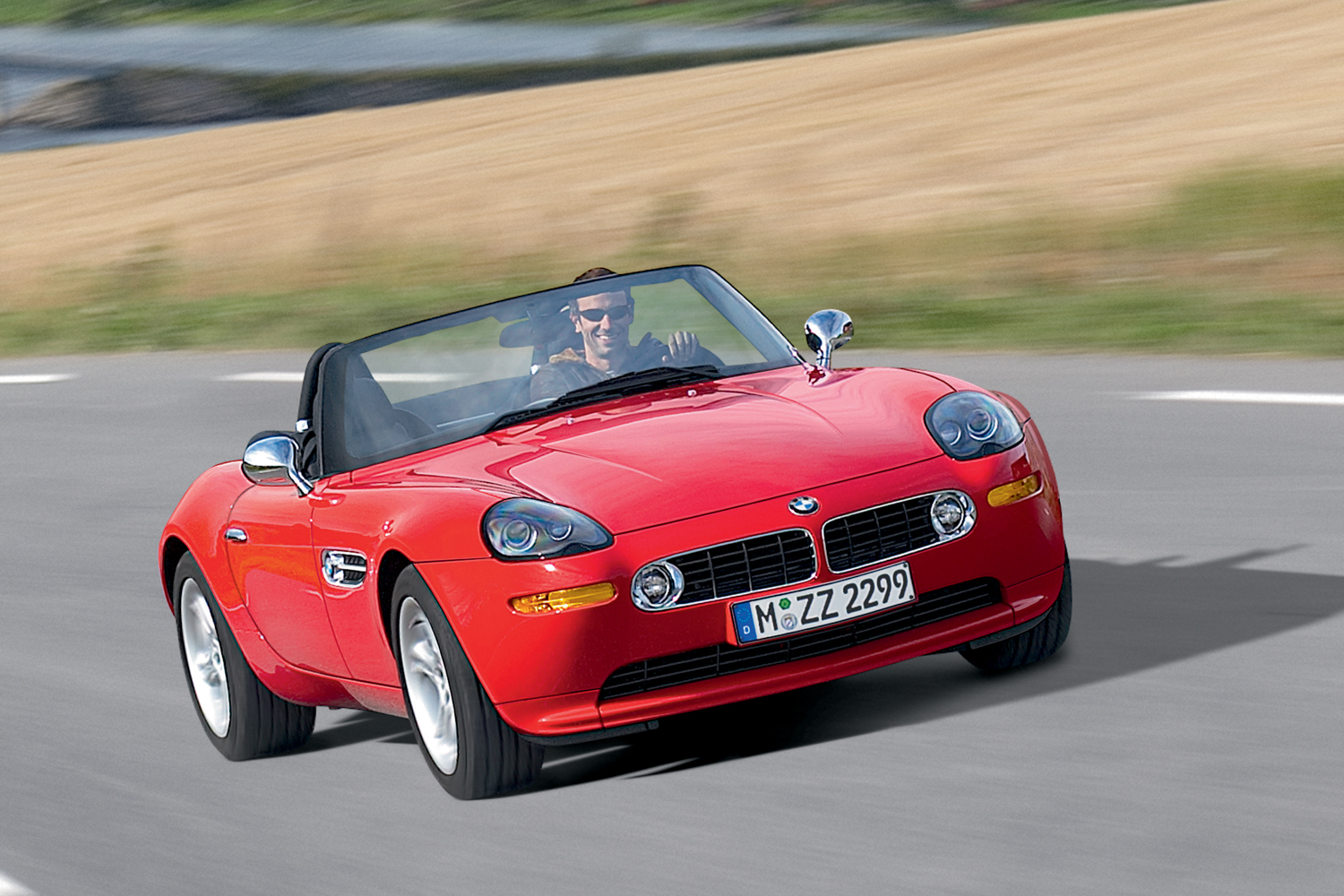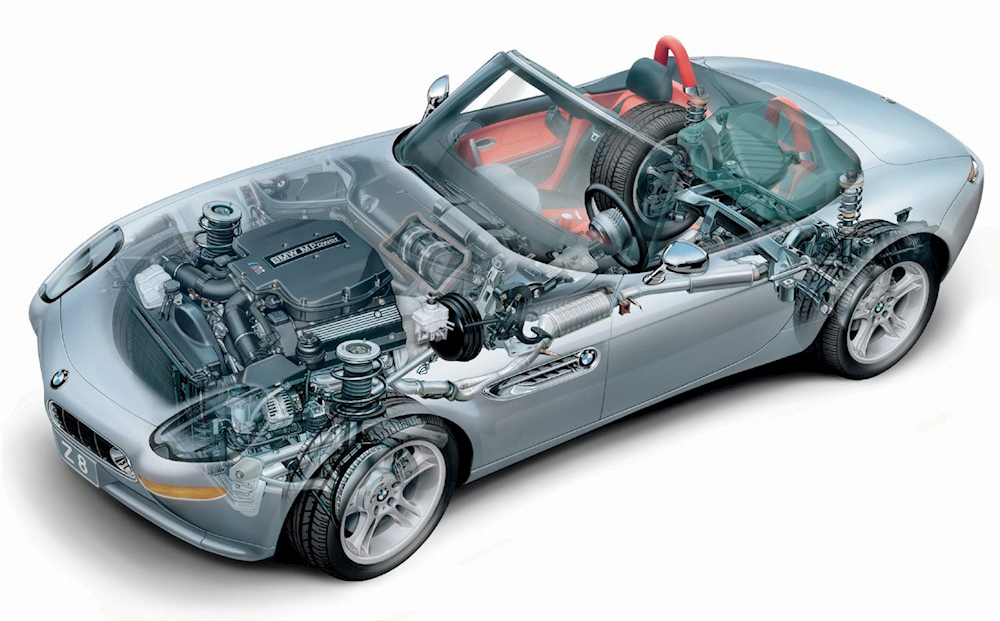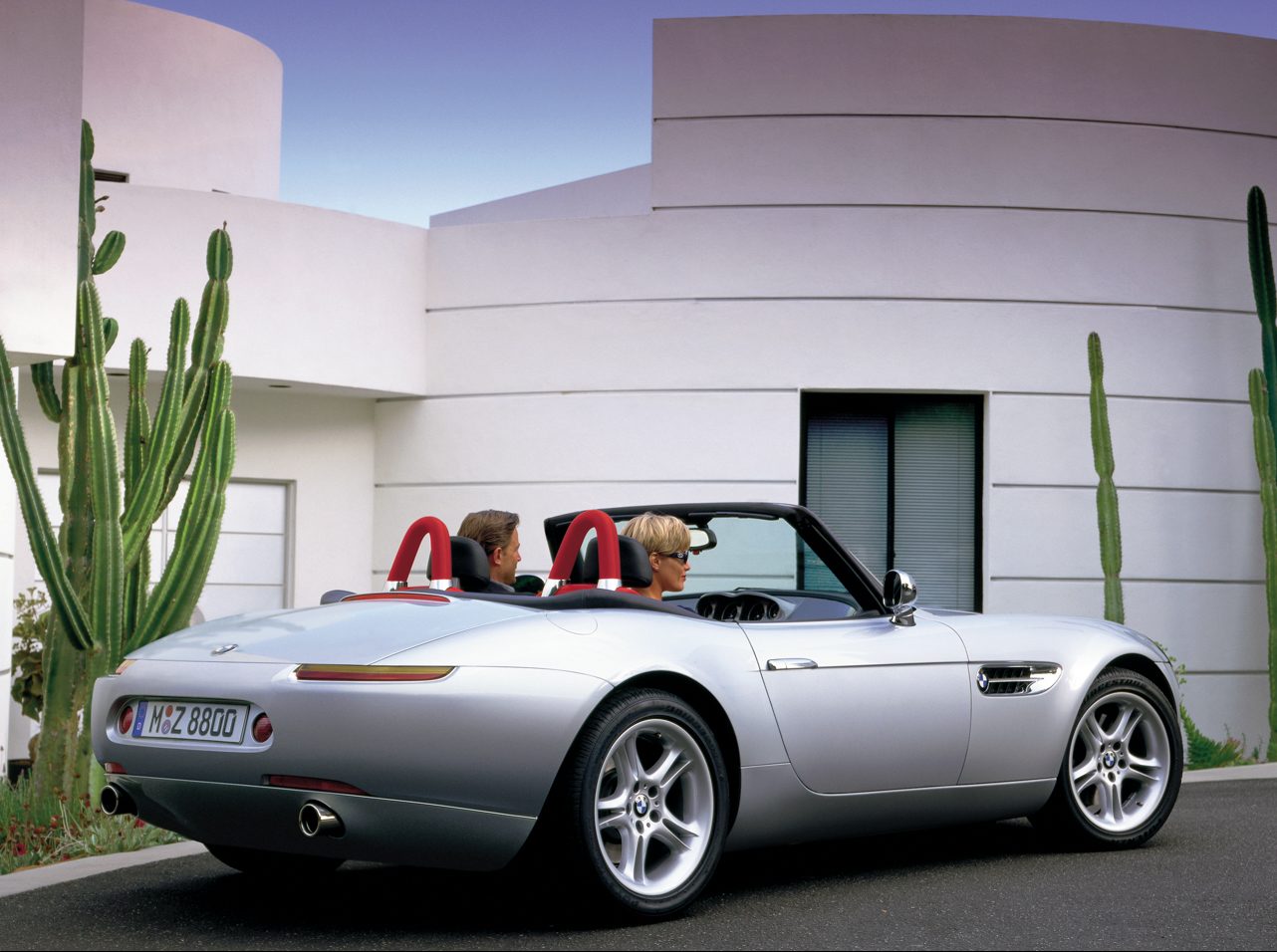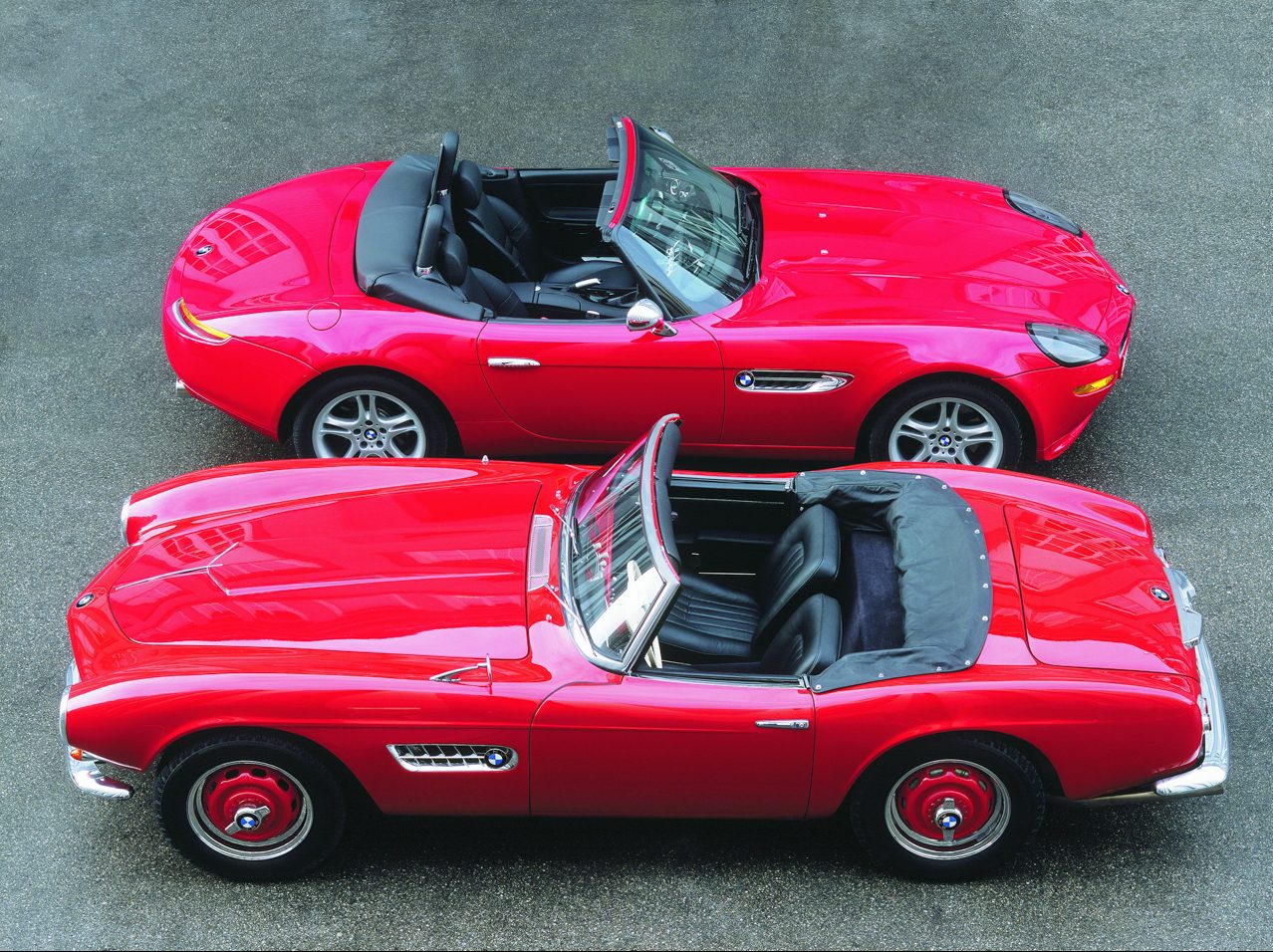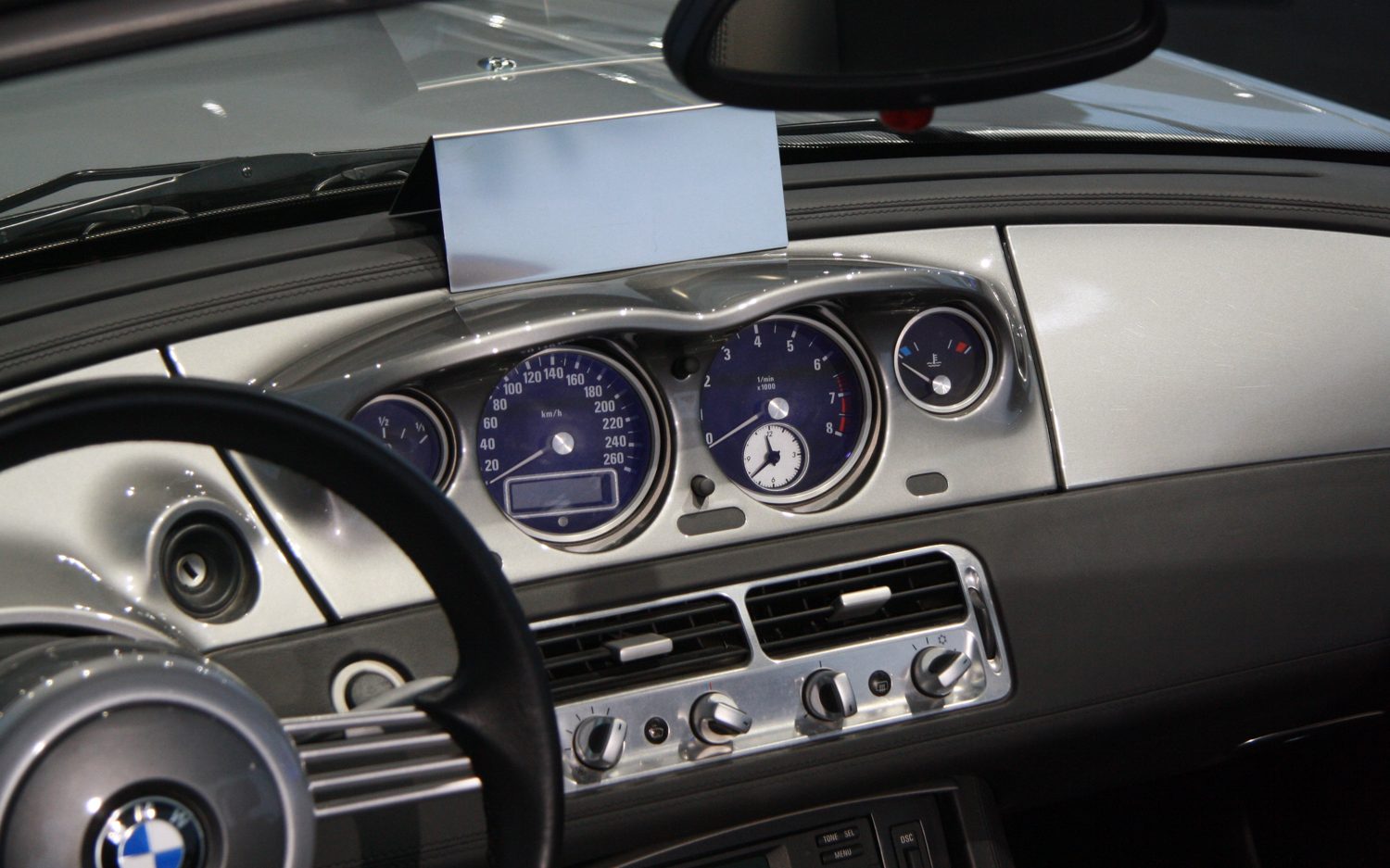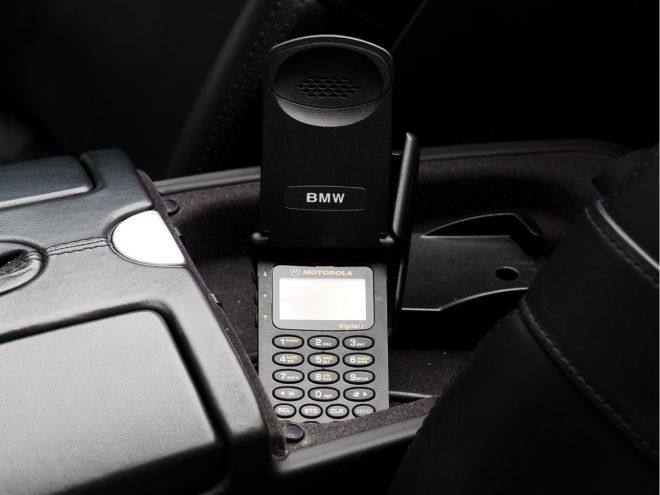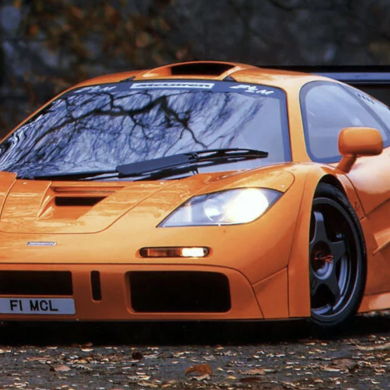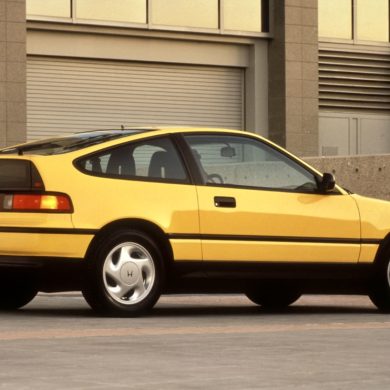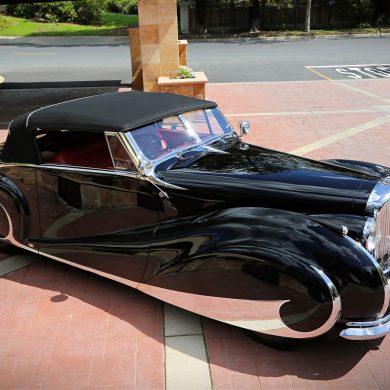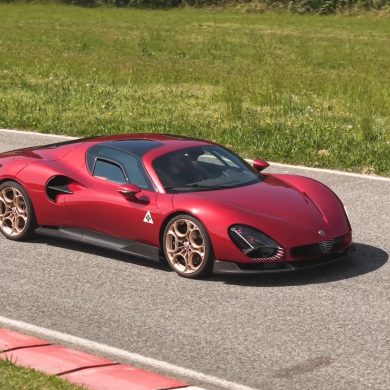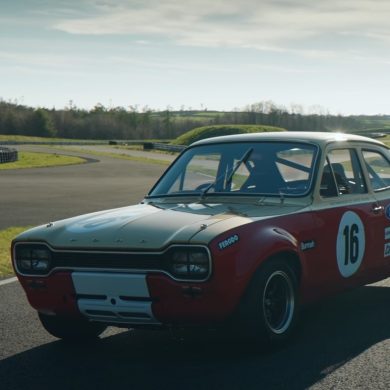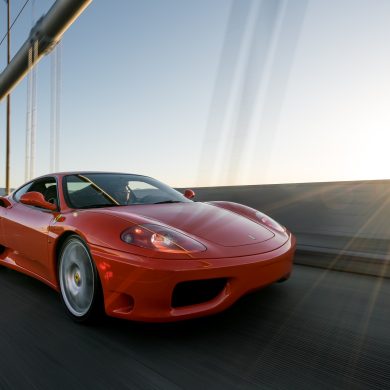The end of the century was a big deal. Now that more than two decades have passed, it’s quaint to look back on that pending doom where predictions of digital Armageddon would plague the world as computer clocks poised on the millennium. Of course, nothing catastrophic happened in the digital world, but a lot did change in the automotive world.
BMW had enjoyed a wildly successful run up of sales volume through the 1990s. Emerging markets were consuming vast numbers of luxury sedans and performance-based halo sports cars were still considered the best way to feature future technology. Add to that the growing interest in retro-designs blossoming in the 1990s and you have the perfect storm for what would end up being one of the most beautifully conceived front-engine, manual transmission, retro-futurist sports cars ever built; the BMW Z8.
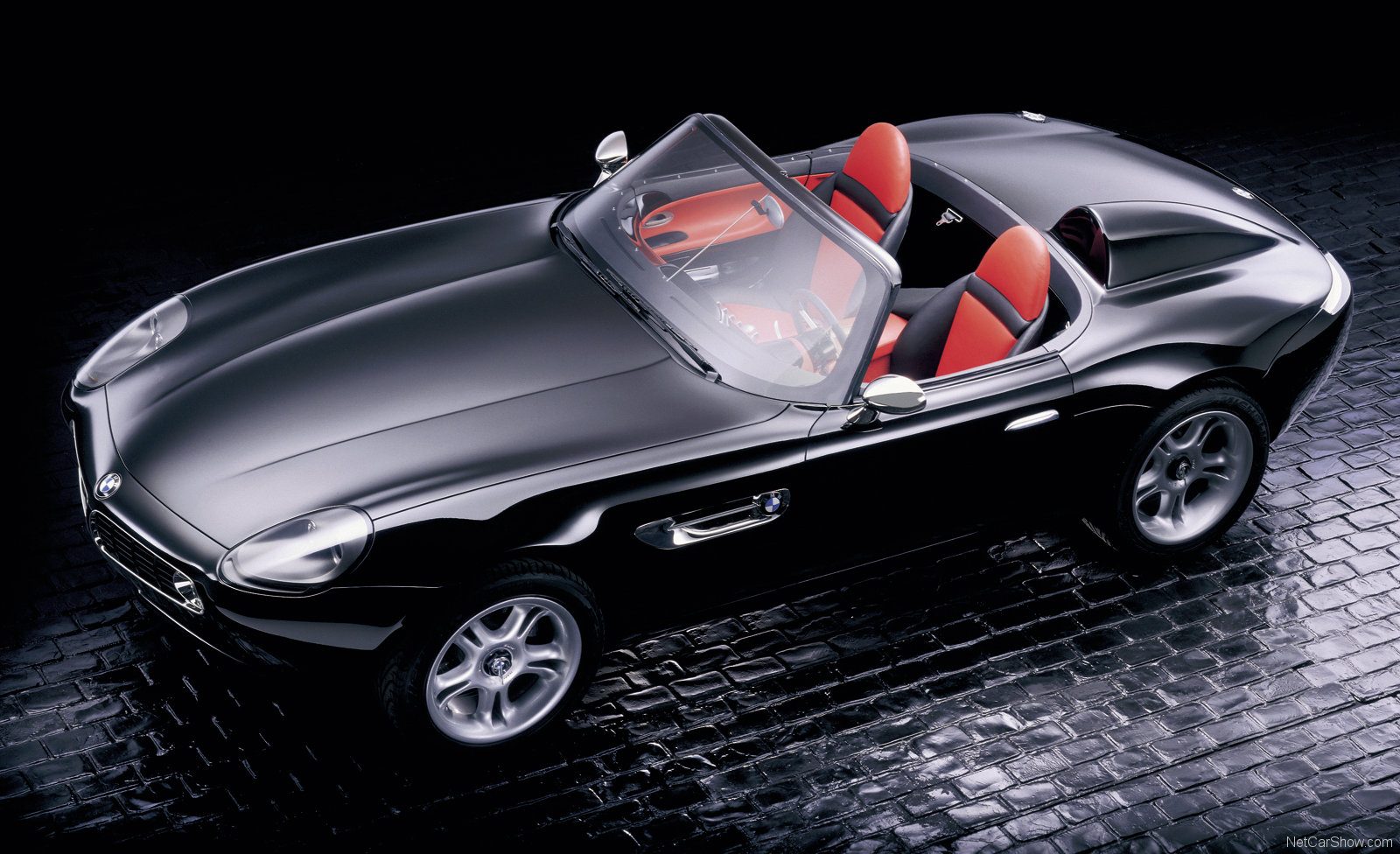
In 1997, the Z07 styling study, penned by Henrik Fisker (later to become head of design at Aston Martin and CEO of Fisker cars, among other things), was a brilliantly conceived concept car built around the same themes as the legendary BMW 507. Never intended for production, the Z07 study served as a brand heritage statement suitable for globe-trotting car show events, enticing the public to consider the purchase of a more sedate sedan offering. Yet unrelenting pressure from wealthy clientele refused to yield, urging BMW to consider building the Z07 as a production offering. Eventually BMW succumbed, though in a brilliant way. Available only as a roadster, the Z8 was built from 2000 to 2003 using state of the art technology, manufacturing, and bespoke materials. Production models varied only moderately from the Z07, retaining the traditional long hood, short rear deck, and rear bias seating position with mid-front engine placement. Great stance, curvaceous fenders, and front engine placement evoked the 507 surprisingly well even with modern safety restrictions which often resulted in bulkier design solutions.
Under the skin, the Z8 frame was formed using aluminum stampings, lightweight castings, and a fully independent suspension. The M5 4.9-liter quad-cam V8 engine romped out an impressive 400-hp yielding .92g of lateral acceleration, and 4.2 second 0-60 times. Dealers immediately marked up the low six figure price by 50%, but buyers showed up with nearly 3,000 sales, a strong result for a halo car. Even Steve Jobs bought one for his personal use. Among the many features offered with the car, BMW wanted to showcase their connection to both the future and the past, offering each Z8 with a uniquely time-warping set of tools rolled into a tool bag, and the latest in cellular technology, a Motorola Dual Band flip-up cell phone. Though not intended at the time, these two seemingly unrelated items would capture that moment in time where the past and the future weirdly converged.
From a design perspective, the Z8 has aged very well over the past two decades. The retro design still holds up today in part because the themes are now considered part of the universal visual lexicon of sports car excellence. The profile view captures the forward lurching stance and eagerness housed under the hood. The original Goertz 507 design was and still is one of the most beautiful cars ever conceived, but the Z8 must be included as equally remarkable because it admirably captures so many classic themes while maintaining hundreds of safety and manufacturing restrictions in the new design.
The profile of the two cars certainly shows the added heft needed for a more modern car, but Fisker’s surfacing and proportional adjustments are managed very well over the cowl, higher door height, and heftier fender line. No easy task considering the modern dimensions and structural requirements in door design alone. The body drapery over the Z8 is certainly more inflated, but it retains a great deal of the tension and movement captured in the original Goertz design. One of the best features of the Z8 is the rear fender and trunk shape. Like so many cars from the earlier sports car era, the Z8 flexes over the rear wheels with a wide rear track and tall trunk line. The power stored in the rear drive layout is conveyed in the crown of the rear fender, which makes the visual high point of the entire car. At the front of the car, engine placement is clearly set back into the cowl with an impossibly low hood line concealing a powerful V8 engine. These are classic proportions, which can be seen in the Cobra, Jaguar XKE, and Aston Martin DB4, each however with their unique interpretations.
The interior of the Z8 holds up very well today even as a modern car, yet the dashboard falls a bit flat in the configuration and execution. The instrument section, moved to the center of the dashboard, might have been appropriate for a retro version of the Ferrari Lusso which used this theme for their dashboard. But here, the arrangement delivers far too much body color and gloss to the front of the dashboard and not enough attention to the instrumentation, a key feature of performance driving. The remaining leather, seating, and accompanying materials deliver a very fine reflection of BMW excellence and history, especially with another vestige of a bygone era – the manual gearbox. Which brings us to 2022. With the vast number of modern SUV packages being built featuring driver assist, automatic transmissions, and electric power, the front-engine, manual shift, gas-burning V8 now is perfectly aligned with the retro-themed design vision from just 20 years ago.
Still visually fresh and desirably rare in the marketplace, the Z8 has become sought after for the beauty and excellence afforded during construction and how well it has aged over the ensuing years. Even though the design was retro when it was built, the features, elegant coachwork, and perfect balance of performance and style, still capture the hearts of modern enthusiasts today. If you have the good fortune to purchase one, be sure it includes the Motorola Flip Phone, the one modern item that is now quaintly arcane compared with every other finely aged aspect of these cars.


